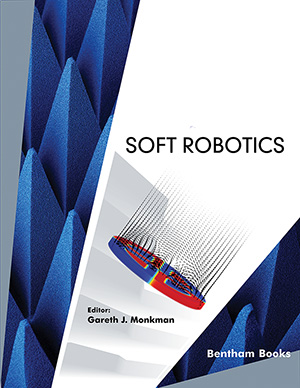Abstract
The process of biological evolution has resulted in a wide variety of forms,
functions and strategies and this has led to distinct optimization of certain traits in
organisms. Technical adoption of some “inventions of nature” might be highly
beneficial for innovative developments in materials science and engineering through
biomimetic studies. One prominent field of biomimetic research is related to
prehension and manipulation mechanisms in robotics since these tasks are just as
ubiquitous in technical environments as they are in nature. Biological end effectors
with purposes ranging from simple locomotion, mating and prey catching up to delicate
object manipulation have been realized there, with innumerable, sometimes subtle
variants of structure and properties between them. Even though there is some coarse
biological classification of biological gripping devices, the latter represent certain core
principles, which evolved convergently due to the underlying basic physical
phenomena. This chapter aims to categorize the most common physical principles, their
advantages and shortcomings, and present a range of biological examples. Furthermore,
possible transfers of functional principles from biological systems into technical
environments are discussed.
Keywords: Biomimetics, Bio-inspired technology, Bionics, Manipulation, Soft grippers.






















